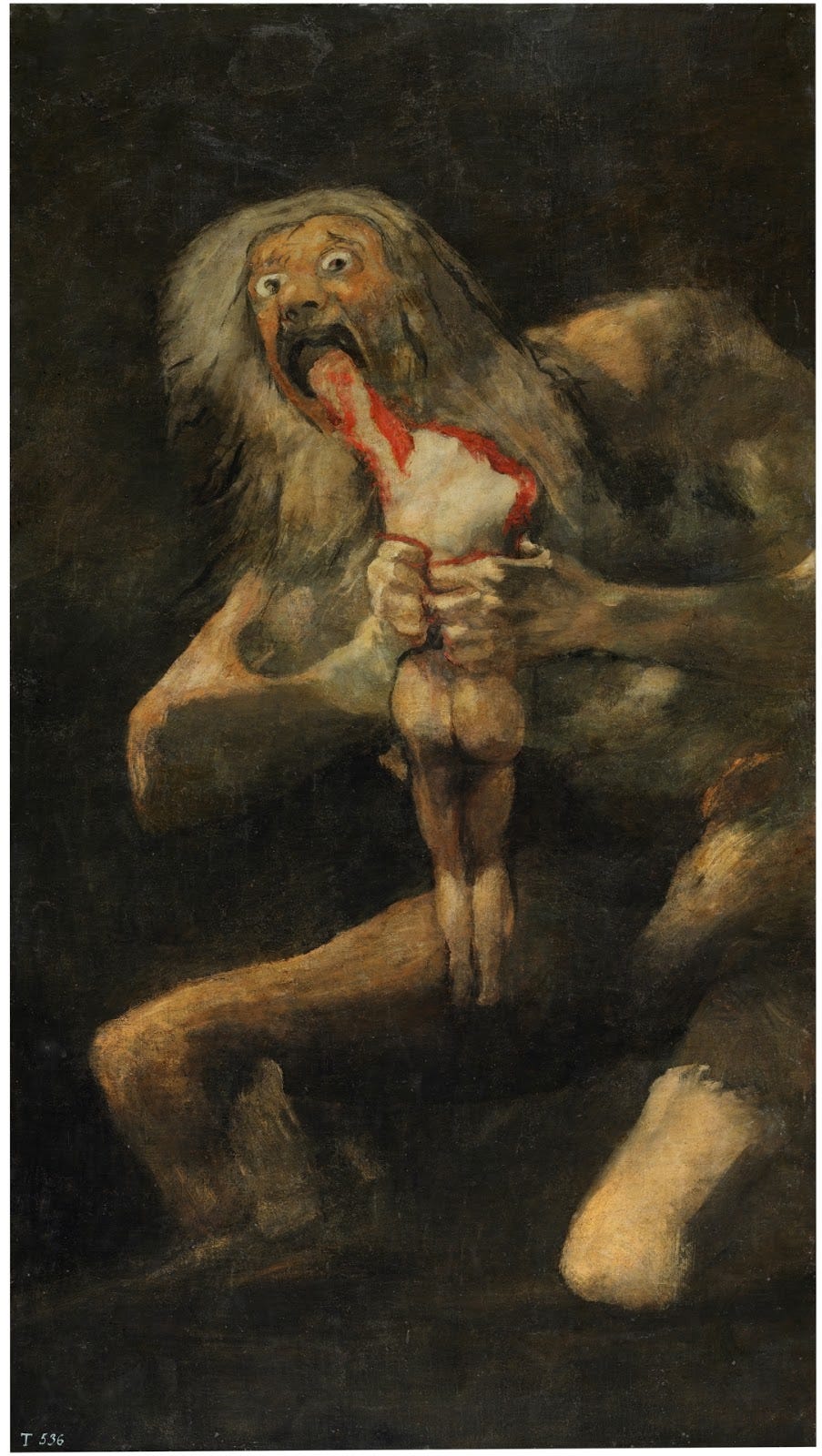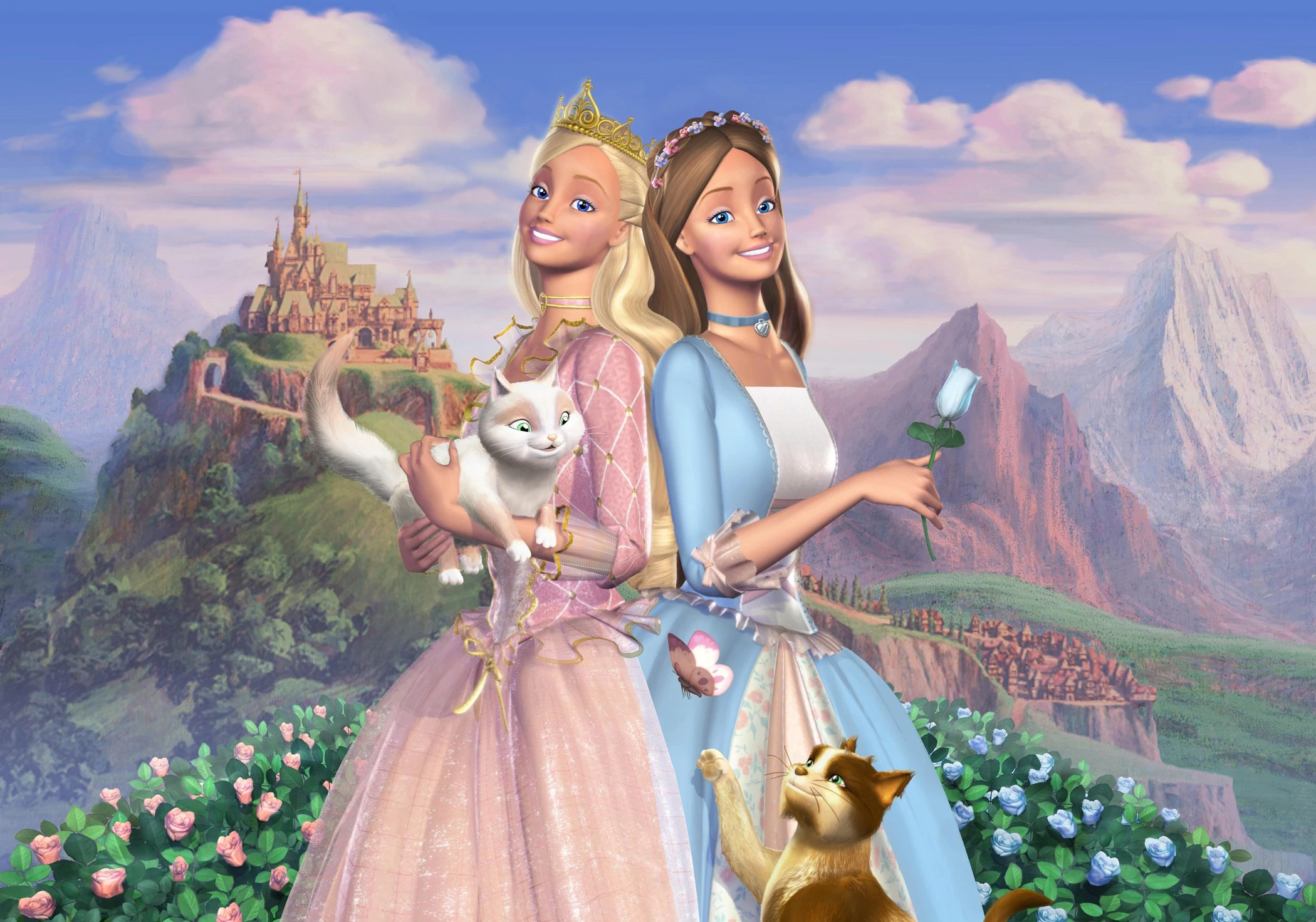
This painting is a classic display of affection– a man and woman are clearly in a loving embrace, yet, for some reason or another, something is amiss. The man, gently cradling the head of his lover, is subtly tugging away the white band the woman is wrapping around his bicep. The woman, staring back up at him, is shown with a face of confliction, eyes soft when looking into his, yet still seen with a frown. Her hands, desperately tugging at the white cloth hanging off of him, are struggling to tie it against him as he pulls it off. Viewers, I introduce to you the heartbreakingly beautiful painting, A Huguenot (A Huguenot on St Bartholomew’s Day), painted by John Everett Millais.
In 1572, an event that came to be known as St. Bartholomew’s Day massacre resulted in the deaths of a group of people called Huguenots (French Protestants). Because of the Huguenots’ religious beliefs, they were massacred and killed in various parts of France. The only escapees were the ones choosing to wear white armbands, which allied themselves with the Roman Catholics, shielding themselves from danger by showing Roman Catholics symbols. Prior to this, the Huguenots were gaining a large influence in France during the sixteenth century, with displays of their faith becoming more and more open which in turn, led to the rise of Catholic hostility. Eventually, this rise in hostility led to actual violent conflicts known as the French Wars of Religion.

Image of St. Bartholomew’s Day Massacre, Wikipedia
Knowing this, the title of the painting is very clearly representative of the man in this portrait, a young lover separated from his partner due to his religious beliefs. The young woman can be presumed to be a catholic, desperately trying a last ditch effort in order to let her love live. However, it is in vain, as no matter how much they may love each other, his duty is to his beliefs, which are set to end his life. His last chance at living, yet he gently tugs it away and instead focuses his last moments on the face of his significant other.
Little symbols throughout the painting only serve to amplify the gut wrenching scene. The dark colored clothing of the couple represents the grim reality of their relationship, doomed to end short. Especially the prominent dark colors that surround the man, also possibly hinting at his future death. The light colors popping out are reserved for the woman’s face, the white cloth, and the flowers to the left of the painting. The woman’s light face likely alludes to her survival, and to emphasize her gentle nature in their relationship. The light colored cloth clearly represents the last string of hope, the final plan to live, that is going to be cast aside. As for the flowers, they have been identified as Blue Canterbury Bells, which symbolize constancy and faith.
My final thoughts are really left in shambles. In their last moments, all he wanted was to be with her, and for her, her conflicting desperation of wanting him to live and wanting to respect his wishes are very real and very painful. It’s so beautiful to see, but also very sad. I don’t think I would be able to choose what he did. What do you think? Would you stand by your beliefs, even if it meant leaving your loved ones behind and possibly risking your life?
Sources:
- https://www.arthistoryproject.com/artists/john-everett-millais/a-huguenot-on-st-bartholomews-day/
- https://useum.org/artwork/A-Huguenot-A-Huguenot-on-St-Bartholomew-s-Day-John-Everett-Millais-1852
- https://www.thehistoryofart.org/john-everett-millais/huguenot/









